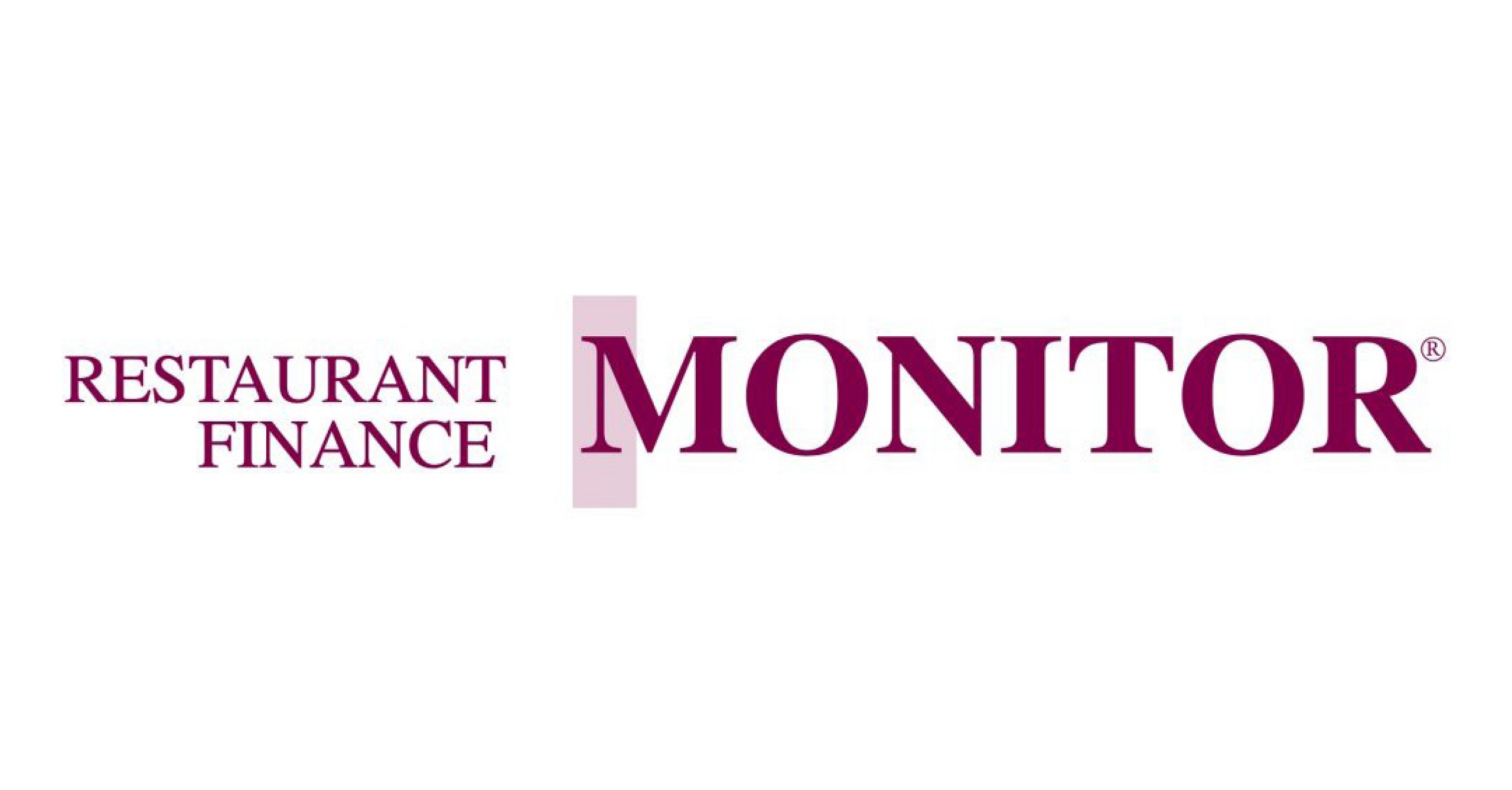Closing out the year there are obvious ideas that carry over every year, like accelerating payment for services or securing extra depreciation for fixed assets placed in service during the year. There’s also something new to be borrowed from tax experts. Here are a few things:
1. Accelerated depreciation on FF&E and leaseholds are still favorable in 2023, but has been reduced by 80% of the value by the phasing down of this deduction. It still makes sense to get assets placed in service in 2023. In addition, cost segregation and aggressive purchase price allocations are important tools to maximize depreciation.
2. Credits. Employee-retention credits are still available if you had a decrease in sales over the appropriate quarters during the pandemic. Make sure you check out Work Opportunity Tax Credits and Empowerment Zone Credits, which are for wages of qualified employees living in certain areas, or on food stamps, or for veterans and ex-felons. These credits will expire in 2025. Don’t forget the FICA tip credit for the employer-paid FICA tax on employee tips. This can be a significant amount. If you do take the tax credit, you can’t take the deduction for wages used in the calculation, so make sure you aren’t double counting. Sometimes it’s better to have the deduction.
3. Big Idea for State Taxes. A number of states allow flow-through entities to pay the state tax and get a federal deduction. Here’s an example of how this works from an article by Kaz Unalan of GBQ Partners, titled Can You Benefit by Making a Pass-Through Entity Tax Election?
“Suppose LLC taxed as a partnership operates a chain of popular fast-causal restaurants located in State A. LLC has two individual members who reside in State A and share the profits of LLC 50/50. State A’s income tax rate is 4% but State A also has a SALT Cap Workaround where the entity pays the tax. LLC has a profit of $2,000,000.
A. If LLC does not make the election then each member will pay $40,000 of State A income tax ($1,000,000 x 4%) but are limited on their federal return to a $10,000 itemized deduction for state and local taxes.
B. Alternatively, if the LLC makes the election, the LLC will pay $80,000 of State A tax. Those taxes are fully deductible to the LLC on their federal return, and those allocated deductions will flow through to each member as part of the LLC’s Schedule K-1 income reported to each member. Each member will effectively get a $40,000 deduction rather than a $10,000 maximum itemized deduction. At the top marginal tax rate of 37%, each member will save $11,100 in federal taxes ($30,000 x 37%). State A requires each member to reverse the $40,000 tax deduction but allows a credit for those taxes, resulting in a net neutral tax effect for State A income tax.”
4. Another state tax idea: An idea we have effectively used for reducing state taxes is for owners in high tax states to establish clear residency in a state with a low tax-rate. A flow-through entity is also formed in the lower tax state. The operating entity in the higher tax state sells or transfers its intellectual property to the newly formed entity. Note, there can be some tax ramifications for this transfer. Then, the entity in the higher tax-rate state pays a royalty to the newly formed entity in the lower tax state, this reducing the amount of income subject to tax in the higher tax state. In addition, you can use the new entity to perform management services to the entity in the higher tax state, thus moving additional income to the lower tax rate state.
5. Use of management companies: There are advantages to establishing a corporate management company. Employees who are over store management, such as marketing, accounting, human resources and other key team members, are considered employees of this separate entity. This approach benefits the management team and the newly created entity can qualify for a fiscal year if it is a C-corporation. This creates an opportunity to shift income between tax years of the operating company and the management company, which may be key in light of the pending tax law changes, as well as the ability to create deferred compensation plans and other benefits. Additionally, it may be a way to accumulate income at the lower “C” corporate tax rate. All this being said, there are potentially double tax issues and a need to continue deferred techniques to avoid future accelerated tax.
6. Use of multiple entities: Many of these ideas involve shifting income between tax years by delaying income or accelerating deductions, in most cases, through use of multiple entities. The management company is one technique, the licensing of intellectual property is another. All involve the using different kinds of entities, which must fit together for lower taxes, such as LLCs treated as partnerships, or as S-corps and the use of C-corporations. For example, C-corps have a lower tax rate than individuals, avoiding self-employment tax through the use of S-corps and Family Limited Partnerships to having estate tax and transfer of wealth to the next generation. The key is marrying flexibility with creativity to help plan for an uncertain future going into the new tax year.
Thanks to Kaz Unalan and Erik Ordal at Myslajek Kemp & Spencer, Ltd. for their help in this article, and for my partner Scott Husaby for explaining what is important in light of the phase out in Estate Tax Credit.
From the November 2023 issue of Restaurant Finance Monitor
Author
-

Co-founder and chairman of Monroe Moxness Berg PA, Dennis is a pioneer in corporate financing with a broad network of finance contacts and clients. He assists businesses, from emerging companies to multinational firms, by providing creative ideas, identifying unique financing sources, and developing the financial tools necessary for their growth and development.
